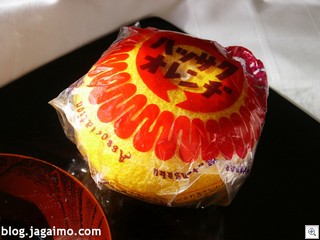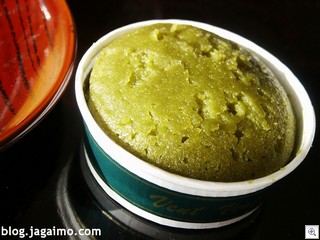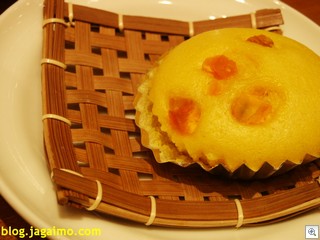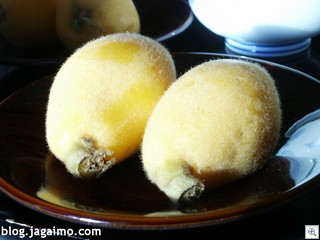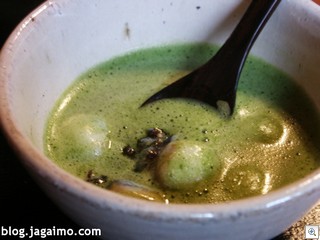Nothing puts fear into the hearts of perfectly capable cooks as the thought of making Hollandaise or Bernaise sauce.
I occasionally get Hollandaise sauce spot on without really trying. A few weeks ago, for the first time in months, if not years, I made a hurried attempt at a Hollandaise sauce that worked out spectacularly well: not too thick, not too thin, and not curdled or otherwise compromised. I made good use of it with some poached eggs on an English muffin with a little cheese, for a truly heart attack-inducing weekend morning calorie bomb.
But in my post-jetlag fervor, not to mention a serious craving for butter in the immediate wake of my Japan trip, I revisited the idea again, and it was a disaster. I was a bit short on time, or maybe it was actually eggs, otherwise I would have rescued the sauce, but instead we just suffered through my un-emulsified butter-laden travesty.
Attempt three, and I was more attentive. Hiromi found this lovely orange cauliflower at Sosio’s in Pike Place Market, and after a week of elaborate meals and occasional extravagant pieces of fruit, $4 for a head seemed perfectly reasonable; we weren’t at all distracted by our awareness of perfectly serviceable cauliflower at half the price.
Orange cauliflower with thin Hollandaise
Alas, I got a bit distracted when trying to combine the sauce with the cauliflower; some of the water content from the cauliflower turned the Hollandaise a bit thin. If I were smarter, I would simply have poured the sauce on top of the plated dish.
As the first weeknight after returning from Japan, complete with a full work day and then some, I got home a little late. I wanted something else simple but attractive, so I grabbed some lavash from Trader Joe’s and made a pseudo-pizza.
Lavash pizza
Garlic, olive oil, sun-dried tomatoes, artichoke crowns, olives, and some basil, with a bit of mozzarella and parmesan, made a suitably indulgent, yet not terribly heavy accompaniment to our cauliflower.
Eggs Florentine
I didn’t give up on my Hollandaise fix… Somehow I felt the need to convince myself that the success from a few weeks ago wasn’t a fluke. I was, of course, tempting fate. It predictably curdled. Fortunately, I had another egg handy, and I just started over again warming the egg yolk and rescued the sauce. For a flawless result, I should have melted a bit more butter, as the extra yolk made for a very thick Hollandaise sauce, completely unnecessary for a poached egg.
Served with baby spinach on a crumpet instead of an English muffin, this slight tweak to brunch standard made for a luxurious, if slightly unimpressively executed, Tuesday morning breakfast.






















